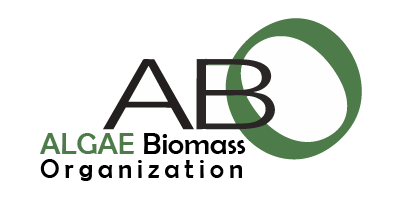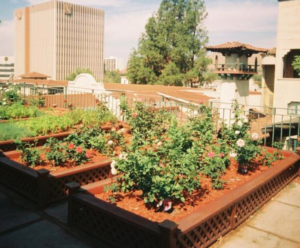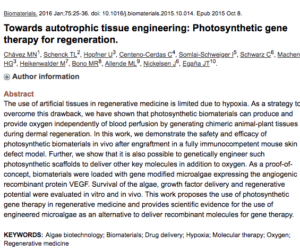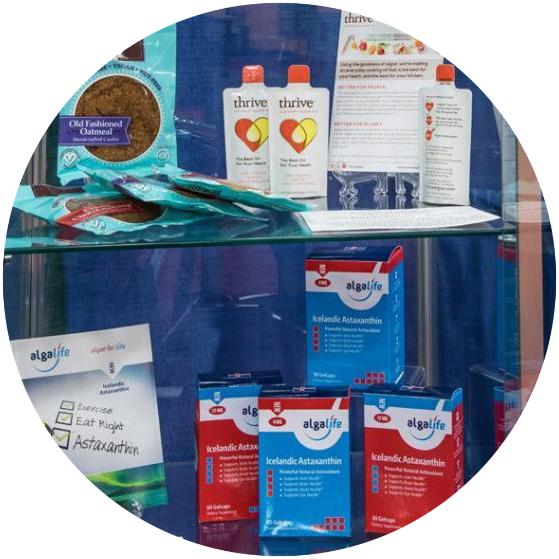This month the momentum for supporting technologies that put carbon dioxide and other greenhouse gases to good use got a boost in Congress with the introduction of the bipartisan Carbon Utilization Act of 2018. The House bill would support utilization technologies, such as algae cultivation, by allowing them to qualify for support through (USDA) loan guarantees, rural development loans, and research programs.
The legislation was introduced by U.S. Congressmen Scott Peters (CA-52) and David Young (IA-3), and has a complement in the Senate that was introduced by Senators Michael Bennet (D-CO) and Sheldon Whitehouse (D-RI). All four of these elected officials hail from states that are home to several ABO members and robust algae cultivation operations.
If passed, the new policy would lead to “increased biogas production as part of a diverse mix of energy sources, from natural gas to nuclear, to wind and solar, and even algae, to meet our future energy needs,” said Rep. Peters.
ABO has worked closely with its membership and Congressional leaders to build support for new technology development policies that can accelerate the role algae could play in energy, agriculture and other industries.
“Algae and other emerging technologies are transforming carbon emissions from [an] environmental challenge to economic opportunity. The Carbon Utilization Act recognizes the important role USDA can and must play in supporting farmers, small businesses, and rural utilities in the deployment of carbon capture and use and the development of value-added products from recycled carbon. ABO thanks Congressmen Peters and Young for their leadership in this important work,” said Matt Carr, Executive Director of Algae Biomass Organization.

 This helpful article
This helpful article
 We have just announced a new, exclusive session that will kick off the 2018 Algae Biomass Summit this year in The Woodlands, Texas!
We have just announced a new, exclusive session that will kick off the 2018 Algae Biomass Summit this year in The Woodlands, Texas!